I don’t know how many different varieties of Porsche 911 I’ve driven, but it will by now be well into three figures. When you think of all the generations there have been and within each, the rear and all-wheel drive models, the Targas, the convertibles, the standard and the never-ending list of money-making variant – the S, T, GTS, GT3, GT2, Turbo, Turbo S and RS, not to mention the various Cup, RSR, R, GT3-R racers and those that weren’t even called 911 (the 901, 912, 930, 959 and 961) – it’s probably a couple of hundred or more. I’ve been a lucky boy.
And yes, of course some stand out, including the current GT3 RS, the original 1967 911R, the 1973 2.8 RSR and other exotica among them because they were just so damn exciting. But so too do a few models that are not racing cars, or extreme track day machines, just beautifully optimised road cars, plucked often from the middle of the range. For example the 1971 2.4-litre 911E has hidden in the shadow of the scarcely quicker 911S for too long. A late G-series Carrera with the G50 gearbox is another gorgeous car, even by 911 standards. And an early pre-Varioram 993 Carrera 2 too, so long of course as it’s a rear-wheel drive coupé. But they’re all classics right now and that’s not what this column is about. So which is the unsung hero of the 21st century generation of 911? To me there is one clear candidate.

In 2010 Porsche was getting ready to launch only the third entirely new 911 in the car’s by then near-50-year history. With a much longer wheelbase and electric power steering, the new ‘991’ would be different to the 911s that had come before it. But before it could crack on, Porsche had to get rid of the last of old ‘997’ versions, so it pressed back into service a name that had not been seen on the back of a Porsche for a very long time indeed, originally in 1964 in fact and the debut of the 904 racing car – also known as the Carrera GTS – and later on the back of the 924.
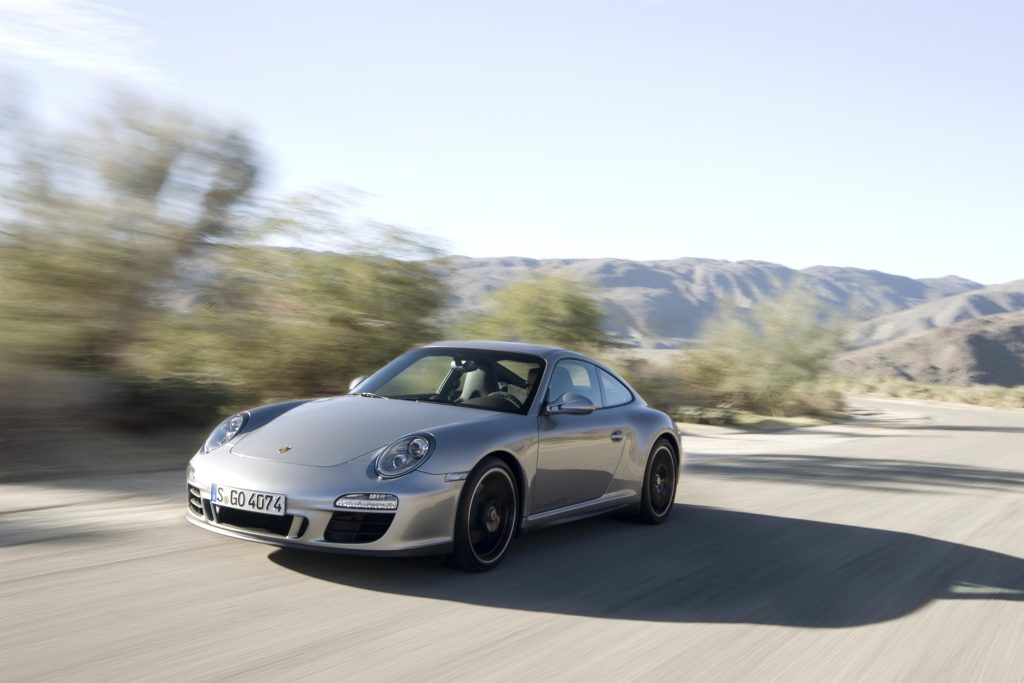
Unlike the 904, the new 911 GTS was not a revolutionary car by any stretch. It constituted instead a carefully considered plunder of the some of the best bits of various other 911s and, indeed, the parts bin. So the Turbo wide body and extended rear track were carried across, the 408bhp 3.8-litre motor from the Sport Classic was used and there were even centre-lock wheels from the GT3. The revised front spoiler came from the accessories catalogue while other features, such as sports seats and active suspension management – options on lesser 911s – were fitted. The only truly bespoke bits were its own damper settings and a suede-lined interior. And that was essentially that, though you had to careful when ordering the car because Porsche had made the rear seats a no cost option to make the car seem lighter than it was. Failure to tick that box might mean your children never spoke to you again.
My first drive in the original 911 GTS coincided with the rise of social media and a phenomenon called ‘Twitter’ and after seven hours straight at the wheel of a 911 GTS I felt moved to park, extract my telephone and tweet ‘911 GTS: all the car I could ever want, or need.’ And I meant it.
Because to me this was the one that best defined examples of what I have always regarded as the true calling of the 911, which is not to be the fastest nor even the most exciting sports car on the road. It is to be the most usable. What I loved about the GTS was that it was damn near as quick as a GT3 in a straight line, almost as much fun in the corners, yet wildly better at the one thing that matters most to customers but which is talked about least by motoring journalists: how easy it is to live with.
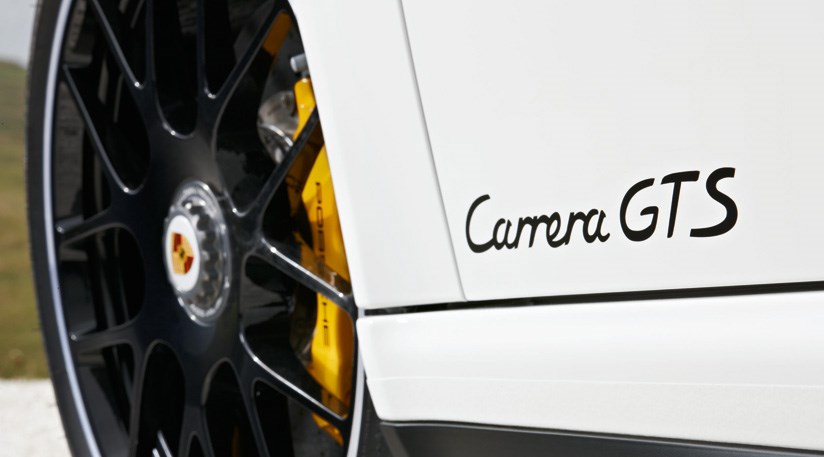
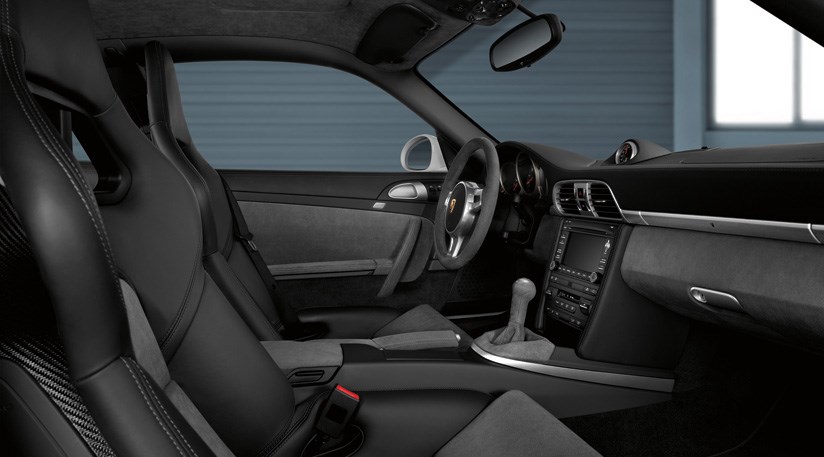
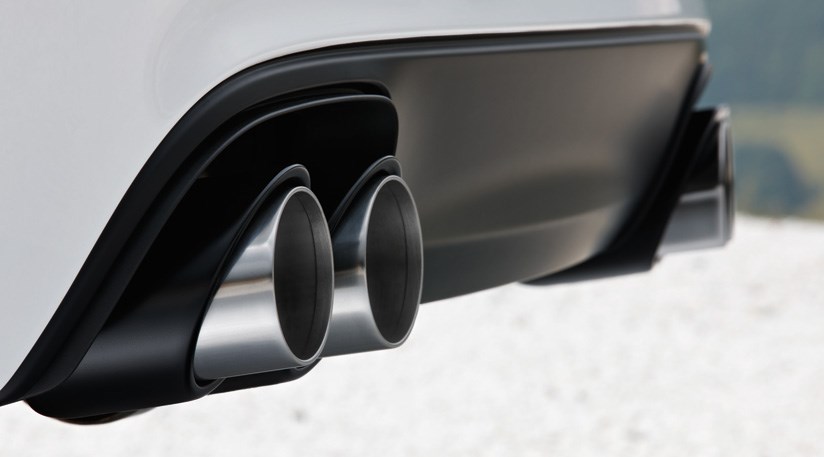
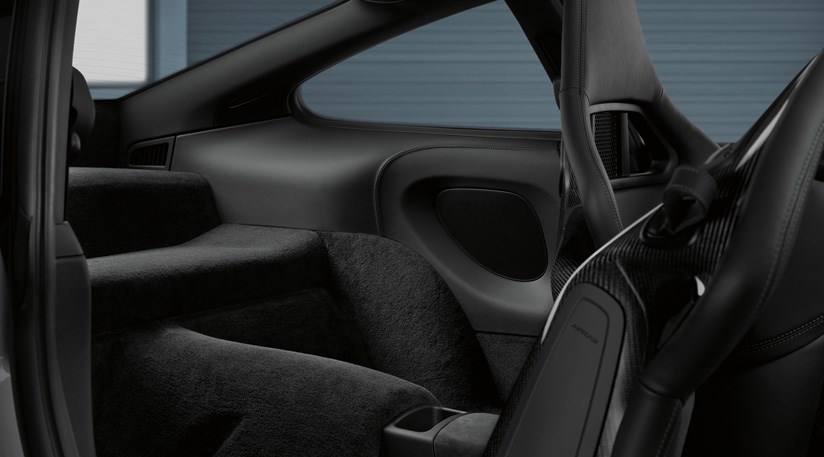
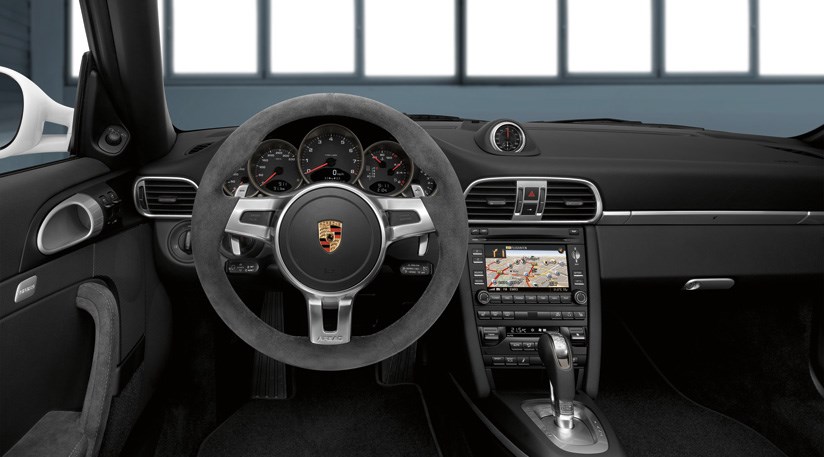
Indeed for most of the time, if you ignored the black smoked headlights, the black rear pipes, the GTS badging and all that Alcantara you really could be in a bog standard 911, except that – and I don’t have any ready explanation for this – it rode better than any other 911 of that era I’ve driven. And then the road opened up, you put over 400bhp to work and suddenly it became an entirely different beast.
It was, then, not just the last of the 997 generation of 911, it was also by far the best when driven daily. And if you are one of those who believe the 911 lost something fundamental when it grew its wheelbase and traded hydraulic for electrically-assisted steering, you might still consider it to be not just the best of its generation, but the best of all. I may or may not agree with you, but I’d certainly understand and appreciate where you were coming from.
Read more
Icon vs Underdog: Porsche 993 Turbo vs Porsche 996 Turbo
Porsche 912: Poor man’s 911 or something more?
Porsche 911 Dakar review: A new kind of fun
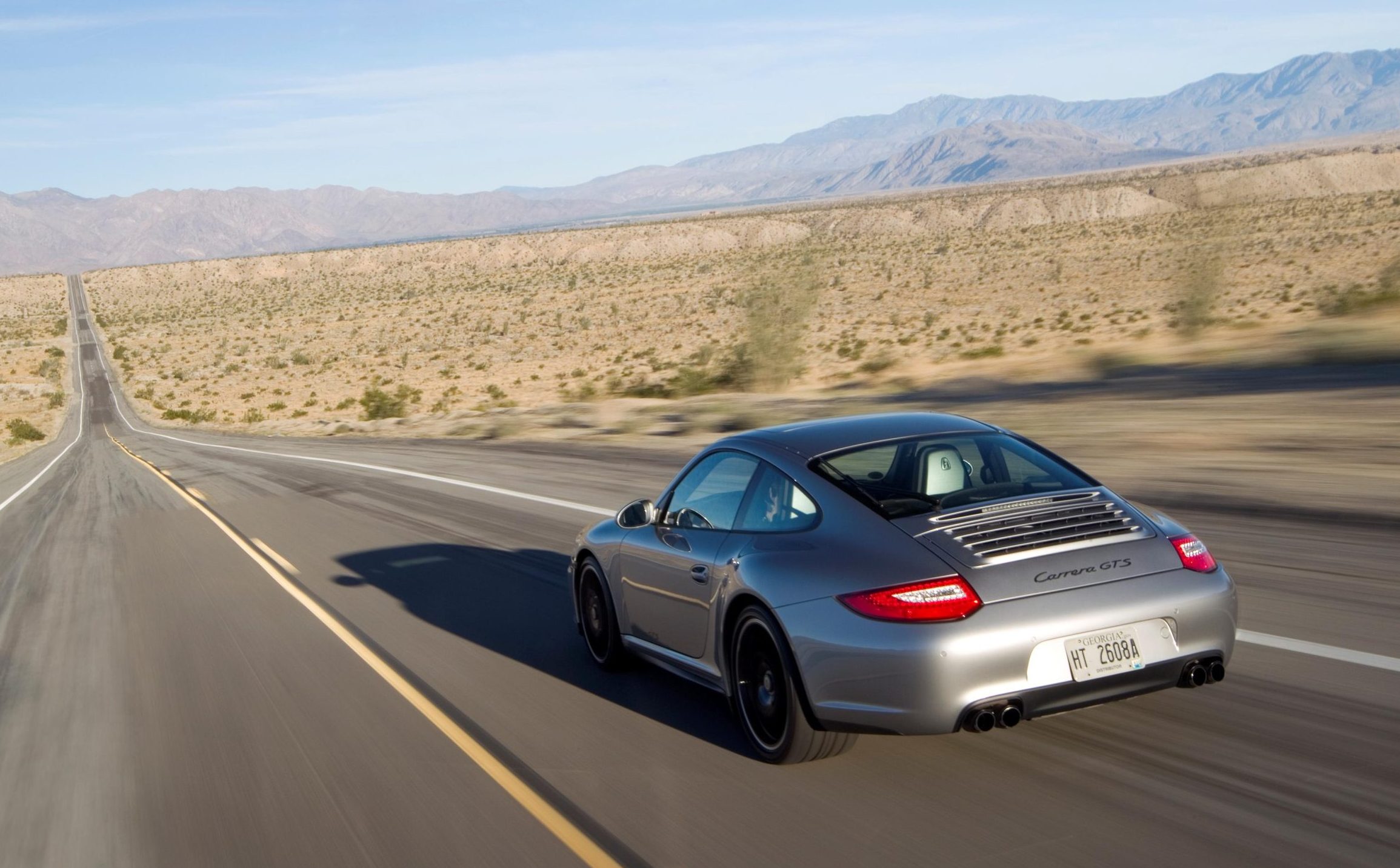


















Totally agree, adding the 991.2 GTS too, with more torque low down and a wonderfully smooth torque curve right up to the top of the rev range. In manual form, with an improved (and now perfect) gear change. So good in every way.
A beautiful and very capable car, especially in the hands of the talented, but it just doesn’t sound inspiring. For me, a car that is just for fun must make me smile as soon as I turn the key and pull out of the drive.
We’ve loved ours since we bought it new on 01/03/11. White with black wheels. As you say, very usable but a wolf in sheep’s clothing especially when you put it in sports mode! Definitely puts a smile on our faces and we have other extreme 911 track rats that do their job, so happy all round with the brand.
I was visiting the small Ontario town of Creemore today and right there on the main street was parked a mint 997 GTS in white. It was stunning. I own a 992 Carrera T and was surprised how much more compact the 997 is.
A true drivers car, I’ve had my white gts cabriolet with black wheels and yellow calipers for three years this October and have a big smile every time I drive it , I have driven a few 911s including a turbo bodied speedster they’re great cars.
This car is too lucker. Love it to bits.
Der Kommentar geht wie Öl runter
Habe einen 997 Gts in braun